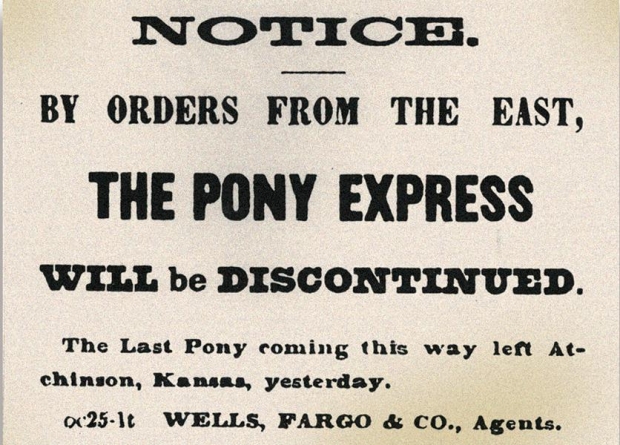Wells Fargo believes AMD's Polaris chips could rival Nvidia's Pascal products and that AMD may be able to "gain further unit share in the graphics card market in the second half of 2016 and possibly through 2017, from a low base".
AMD shares jumped sharply, adding to gains it made the previous day when a Wells Fargo analyst report pointed to the prospect of the chip maker taking market share away from rival Nvidia in the high-end graphics chip arena.
A Wells Fargo Analyst with the unfortunate name David Wong said data shows AMD is stabilising:
AMD’s unit share of the discrete GPU market increased from 26.2 percent in the December 2015 quarter to 29.4 percent in the March 2016 quarter. AMD’s discrete GPU market unit share increased 4.8pp sequentially to 34.2 percent in the June 2016 quarter, he said.
Wong said that the company has not so far competed much with Nvidia for GPUs for the most expensive gaming graphics cards, but the newer “Polaris” technology, which is going head to head with “Pascal”:
He said that despite having apparently reached a plateau in unit graphics market share some quarters ago, Nvidia’s gaming GPU continued to demonstrate good revenue growth, in the 17-25 per cent in each of the last four quarters,
AMD began to regain unit share in the graphics card market in 1H2016. Wong thinks that AMD might gain further unit share in the graphics card market in 2H2016 and possibly through 2017, with its 14nm Polaris offering targeting the high volume mainstream segment of the graphics card market and its upcoming 14nm Vega offerings for the higher end of the market in 2017.
“In addition we believe that a continuing rise in AMD’s desktop graphics share position over the next few months will likely translate into revenue share gains for AMD,” Wong said.




